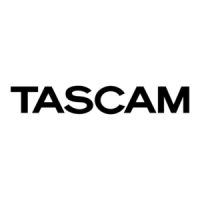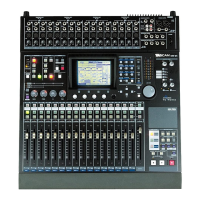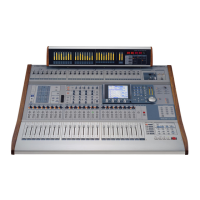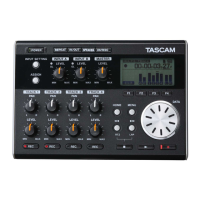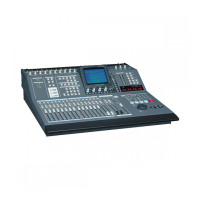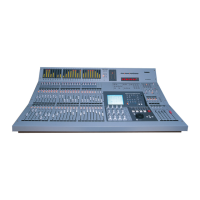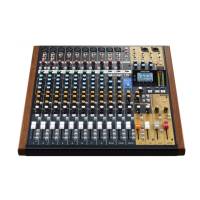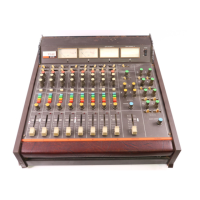What to do if my Tascam DM-3200 can't save system data?
- TThomas ClayJul 28, 2025
If your Tascam Music Mixer is unable to save system data, it is likely that the internal battery is defective or has lost its charge. In this case, contact TASCAM service or your distributor for a replacement battery.







